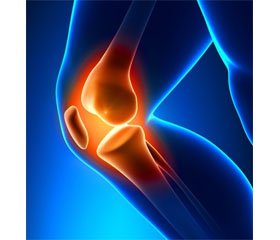Журнал «Боль. Суставы. Позвоночник» 1 (21) 2016
Вернуться к номеру
Innovative pain management in osteoarthritis
Авторы: Hodinka L. - National Institute of Rheumatology and Physiotherapy, Budapest, Hungary
Рубрики: Ревматология, Травматология и ортопедия
Разделы: Медицинские форумы
Версия для печати
The article was published on p. 73
Mechanisms of nociception, central senzitization and central elaboration of chronic pain and the projection of pain in the central nervous system are reviewed. Mediators of pain perception with special respect to neuropeptides as Nerve Growth Factor (NGF) and Calcitonin-Gene-Related Peptide (CGRP) are evaluated as therapeutic targets and development of innovative interventions in pain management are discussed. Possibilities of modulation of pain perception by biological response modifying bioproteins, as monoclonal antibodies to NGF and CGRP and recent studies are presented.

